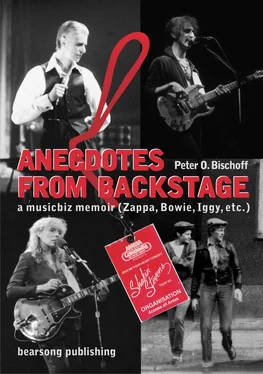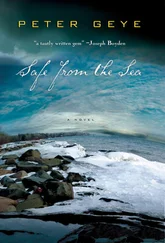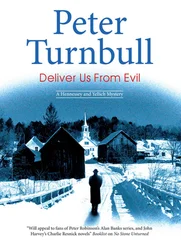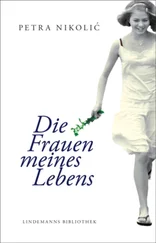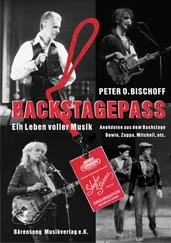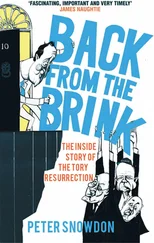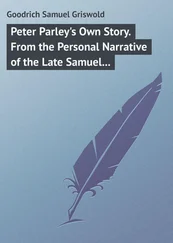Legendary photographer Jim Rakete made the same kind of mistake as Lake when he turned down an invitation from Nena to tour the US. After landing a No.1 with “99 Luftballons”, he said, “We’ll come over when you get your next No.1.” History tells us this level of success is about as likely as winning the lottery; the only German artists to have managed a No.1 in the US at that point were Bert Kämpfert, Kraftwerk and Silver Convention. Later in the 80s, Hamburger-by-choice Taco hit the jackpot with “Puttin’ On The Ritz”. No other German band has done it since.
Wait a moment, there is one other German band who have enjoyed huge success in the US: Tangerine Dream, from Berlin Schöneberg.
Wish You Were Here (Pink Floyd)
I interviewed Tangerine Dream’s Chris Franke for the Berlin music magazine “Nur Musik” (Just Music) in the recording studio using a Uher tape recorder. Chris talked about recording their new album and how they’d brought in Nick Mason - drummer with Pink Floyd - to produce it, but eventually sent him home again because it wasn’t helping them get anywhere.
As I went into the toilet, I bumped into Austrian singer/songwriter Georg Danzer coming out with a huge grin on his face and a pen in his hand: he had just written “Danzer was here” on the mirror.
The owner of the studio, Jörg, talked about the recording sessions he had taken part in there with David Bowie before moving to the Hansa Studios. At one point, Bowie had apparently announced: “Let’s make a hit tonight.” He then went on to lay down the first demos of “Heroes”.
Meanwhile, back at the youth centre…
I was getting more involved with a band called A33 (named after a Berlin bus route) and later Firma 33 and learning a trick or two from the drummer in their practice room. They mainly played covers and had The Beatles down to a tee. The drummer Rüdiger Selle had a voice which could match both Paul’s and John’s perfectly. I started helping out on stage when they played live and soon realised I had become a roadie before I even understood what the word meant.
Later, I helped out as a roadie for Tangerine Dream, transporting massive stacks of synthesizers across Berlin, taking Peter Baumann’s enormous American LTD limousine to the garage (the exhaust was missing so it sounded like a small tank) although not unaccompanied - safety first! - and clearing out Edgar Froese’s garage, amongst other things. Now, that’s where I made a mistake I still regret today. The band’s road manager Roli offered me an old armchair and some loudspeakers which had once belonged to John Lennon. Why I didn’t jump at the chance, I still don’t know. (I was probably broke - as usual)
When Tangerine Dream performed at the Berlin Philharmonic Concert Hall I took photographs of their entire stage set-up.

Peter Baumann 1978
Where Are We Now? (David Bowie)
A few days later, we were asked to move some equipment from Bowie’s flat at Hauptstrasse 155 in Berlin Schöneberg to Tangerine Dream’s practice room in Tempelhof. Roli and I drove over and rang the doorbell.
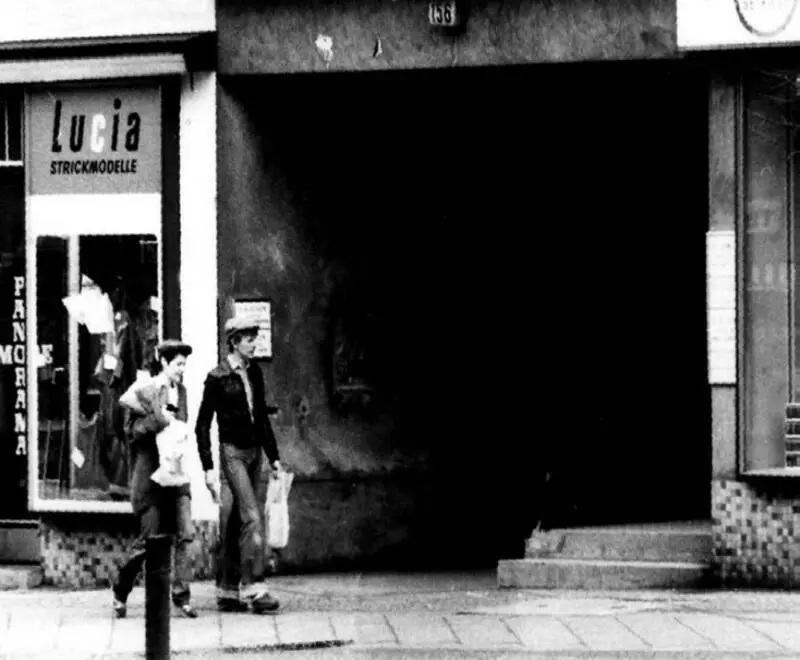
Coco Schwab and David Bowie - Hauptstraße Berlin
The door was answered by a slightly drunk American who introduced himself as “Jimmy”. It turned out to be Iggy Pop (James Osterberg), Bowie’s flatmate at the time. He eventually moved into his own place in the building behind Bowie’s.
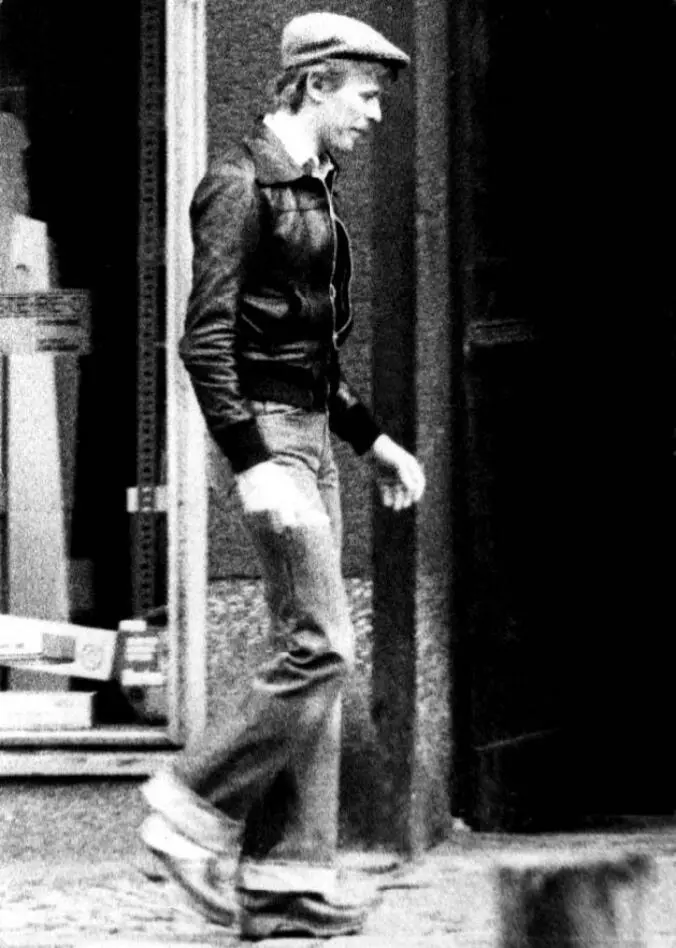
David Bowie – Hauptstraße Berlin
When we reached the first floor, we were met by a David Bowie – Hauptstraße Berlin blonde Englishman with a moustache: “Hello, I’m David.” He was wearing jeans, a black leather jacket, black clogs and a grey cap - and looked nothing like a pop star. David was very pleasant and showed us the gear we were to transport to the practice room. We carried the equipment out of the 6-room apartment, put it on to the truck and set off for Tempelhof. It’s a bit of an understatement to call the place a “practice room”; it was a vast room about 1000 sq/m in size. Today, it’s part of the UfaFabrik, still very much a cultural hub. This was also where Iggy practiced with his band for their world tour - with Bowie on piano. Brian Eno turned up later, but I had to miss that particular session because I had a dental appointment. (I know where I’d rather have been!)
Now that I knew where Bowie was staying, I hung around outside his flat one day until I managed to get the photos seen here. I parked my VW bully opposite the entrance to the apartment block and had the good fortune that when Bowie and his assistant Coco Schwab (who worked with him right up till the end) came out they walked almost straight towards me. My Canon AE1 clattered and clicked away. They passed by very close to my car, then went along the other side of the street on their way back.
They both wore the same outfit: jeans, black clogs and a grey cap. The only difference was that Bowie wore a short, black leather jacket and a light-coloured shirt. They could hardly have been less conspicous.
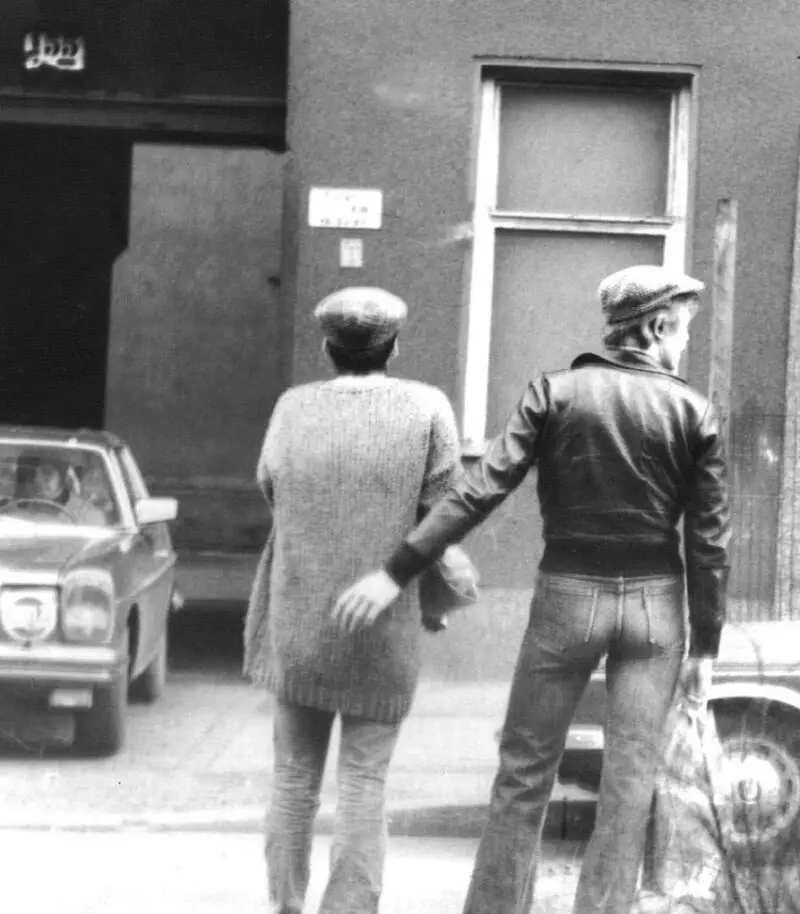
Coco Schwab and David Bowie - Hauptstraße Berlin
I eventually sold the photos to Musik Joker magazine and used the money to set up my own small photo laboratory. When word got out about what I’d done, Edgar Froese started to call me “local mafia”.
It goes without saying that I watched Bowie perform in Berlin on numerous occasions. I was given free tickets by his record company thanks to my job in the record department of the Montanus store on Kurfürstendamm. I remember an incident on the “Station To Station” tour. Bowie was standing on stage illuminated by bright, white, neon light when suddenly some trouble kicked off right in front of the stage.

David Bowie – Deutschlandhalle Berlin 1976
He stopped the show and settled the crowd, but the moment he tried to restart the song, the audience surged forward dangerously again. He was clearly upset and decided to ditch the song and go straight into the next: “Rebel Rebel”.
The interest in Bowie in Berlin was enormous. I even received a phone call from a journalist with the Melody Maker (British music newspaper) who wanted to know everything I knew about Bowie. The Musik Joker magazine had sent them my photos. Bowie’s favourite groupie Sarah from Berlin also got in touch to find out what I knew.
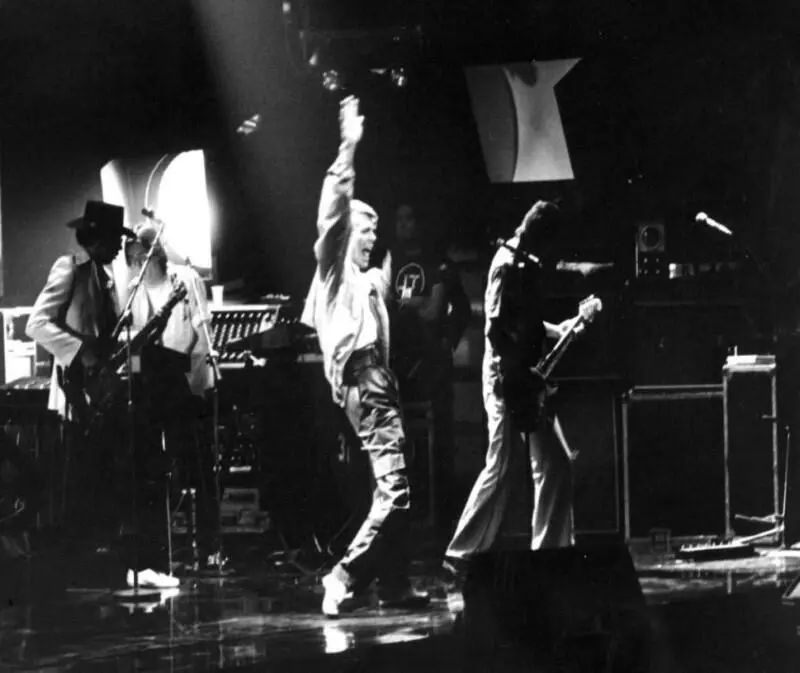
David Bowie 1978
I saw Bowie again backstage at a Zappa gig in the Deutschlandhalle in Berlin. Bowie and Iggy Pop sat behind the stage for the whole gig, during which Zappa made fun of a “white, English pop star” - but nobody could have guessed that the star in question was sitting only a few metres away.
Читать дальше
